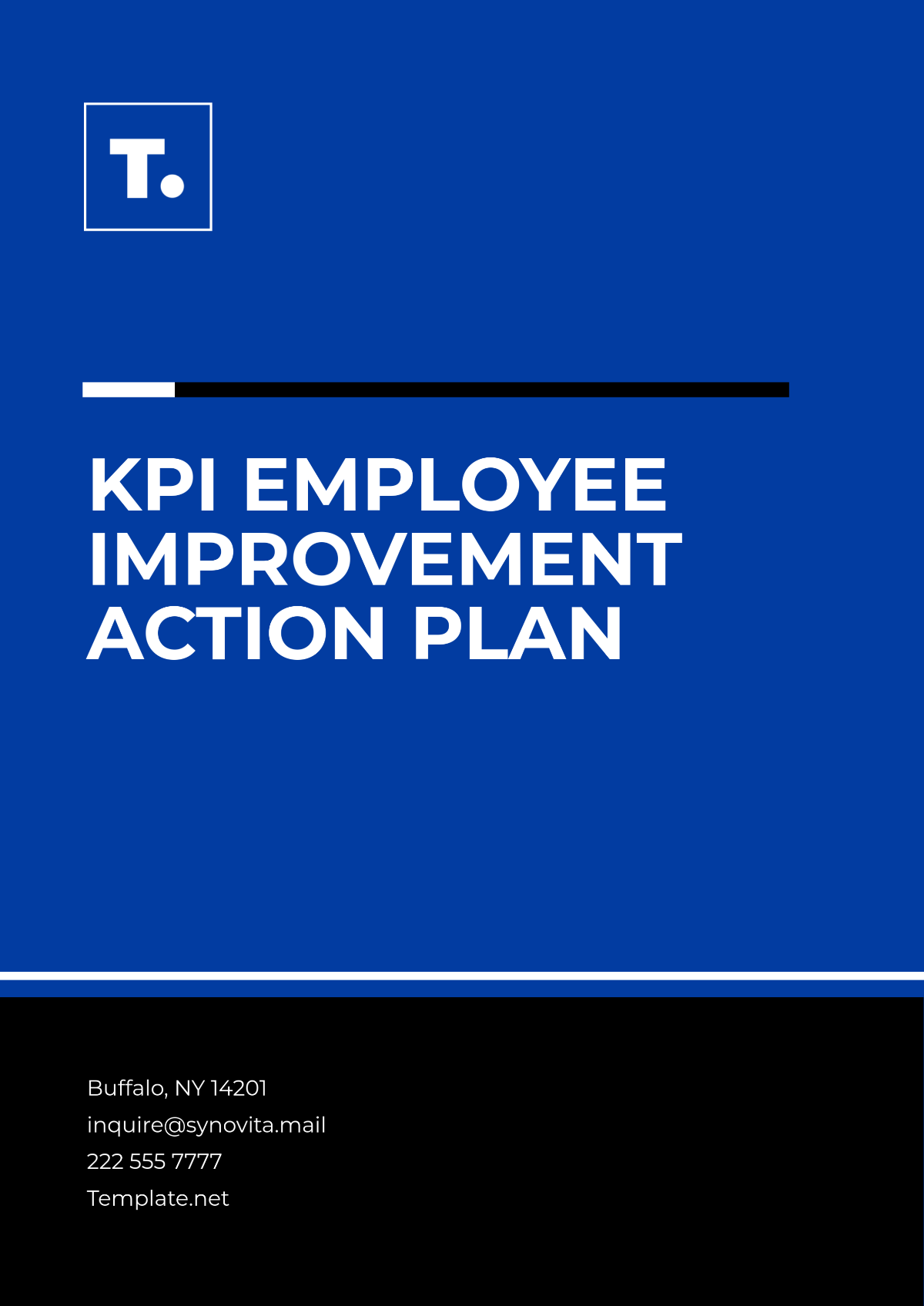Investment Layout Action Plan
I. Introduction
Investing is a crucial aspect of financial planning, enabling individuals to grow their wealth, achieve financial goals, and secure a stable future. This action plan provides a comprehensive, yet concise, instructional guide to assist in making informed investment decisions. The following sections outline a structured approach to developing a successful investment strategy, addressing goal-setting, risk management, asset allocation, performance evaluation, tax considerations, and more.
II. Importance of Investment Planning
Investment planning is the cornerstone of financial growth, aiming to accumulate wealth, provide for future expenses, and achieve financial freedom. A well-structured plan helps balance risk and reward by aligning investments with individual goals and financial circumstances.
Goal Achievement: Tailored investments help reach personal financial goals, such as retirement, homeownership, and educational funding.
Risk Management: Planning mitigates potential losses through diversification and risk assessment.
Financial Security: A thoughtful plan provides stability and prepares for life’s uncertainties.
III. Setting Investment Goals
Establishing clear, actionable goals is essential for structuring an investment strategy. Goals should be specific, measurable, achievable, realistic, and time-bound (SMART) to guide investment decisions effectively.
A. Short-Term Goals (1-3 Years)
Emergency Fund: Build a fund covering 3-6 months of expenses for unforeseen events.
Vacation: Allocate funds for leisure and short-term experiences.
Small Purchases: Plan for minor personal or household expenses.
B. Long-Term Goals (5+ Years)
Retirement Fund: Accumulate assets for a comfortable retirement lifestyle.
Children’s Education: Invest in accounts designated for education expenses, such as 529 plans.
Home Purchase: Build equity toward a down payment for real estate.
IV. Risk Assessment
Understanding and managing risk is crucial to avoid potential losses and align with financial comfort levels.
A. Understanding Risk Tolerance: This refers to the degree of variability in returns that an investor can accept. It is influenced by age, income, investment experience, and financial goals.
B. Risk Capacity: This is the actual ability to endure potential financial losses without impacting lifestyle or future goals. Assessing risk capacity helps balance ambitions with financial security.
C. Time Horizon: Different investments carry varying levels of risk depending on the timeline. Short-term investments should be lower risk, whereas long-term investments can assume higher risk for potential growth.
V. Asset Allocation
Asset allocation is a strategic approach to dividing investments among asset categories to reduce risk and optimize returns.
A. Diversification: Spreading investments across different asset classes helps limit exposure to any single market fluctuation. This includes a mix of stocks, bonds, real estate, and mutual funds.
B. Types of Assets
Stocks: Equity investments offering potential for high returns, with varying levels of risk.
Bonds: Debt investments provide more stable, fixed income.
Real Estate: Property investments offering rental income and capital gains.
Mutual Funds: Pooled funds managed by professionals, allowing exposure to diversified portfolios.
C. Alternative Investments: Additional options, such as commodities, private equity, or cryptocurrency, offer portfolio diversification but should be approached cautiously.
VI. Evaluating Performance
Evaluating investment performance is necessary to ensure the strategy aligns with goals and adjusts to changing markets.
A. Monitoring Investments: Regularly review portfolio performance and make adjustments as needed. Consider market conditions, changes in personal finances, and new financial goals.
B. Key Performance Indicators (KPIs)
Return on Investment (ROI): Measures overall gains or losses relative to the initial investment.
Annual Growth Rate: Tracks annual performance to measure consistency.
Expense Ratios: Assess costs associated with investment accounts to maximize net returns.
C. Rebalancing: Periodically realign asset allocation to the original or adjusted risk tolerance and financial goals.
VII. Tax Considerations
Understanding tax implications is essential for maximizing after-tax returns and enhancing investment growth.
A. Tax-Advantaged Accounts: Accounts like IRAs, 401(k)s, and Health Savings Accounts (HSAs) offer tax benefits, such as tax-deferred or tax-free growth, and should be used strategically.
B. Capital Gains Tax: Consider capital gains tax implications, with a focus on holding investments long-term to benefit from lower tax rates.
C. Tax Loss Harvesting: Offset capital gains by selling investments at a loss, which can reduce taxable income.
VIII. Financial Advisor Consultation
A financial advisor can offer expertise to tailor an investment plan to personal goals, risk tolerance, and changing financial needs.
A. Selecting a Qualified Advisor: Look for certified professionals with experience aligned with your specific investment goals.
B. Advisor’s Role: Advisors provide insights on market trends, tax implications, retirement planning, and more.
IX. Staying Informed and Adapting
The financial landscape is dynamic, and staying informed on trends, economic factors, and policy changes is essential for making well-informed investment choices.
A. Education and Research: Continuously educate yourself on financial topics to make independent decisions and discuss options knowledgeably with advisors.
B. Adapting to Life Changes: Reassess investment strategies periodically, especially during major life events such as marriage, career changes, or inheritance.
X. Conclusion
A structured investment plan is crucial for achieving financial growth and security. By setting clear goals, assessing risk tolerance and capacity, diversifying assets, monitoring performance, understanding tax considerations, and adapting to life changes, investors can establish a robust strategy tailored to their financial objectives.

















































